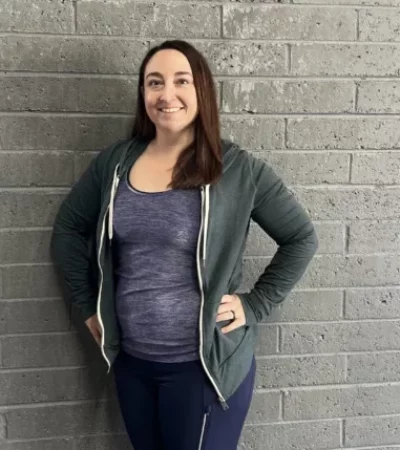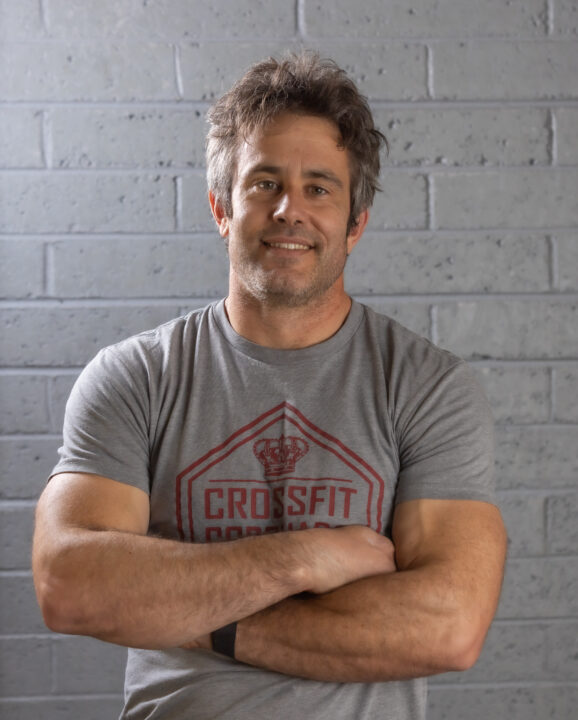By: Clint Russell, DPT
Ok, so we tend to beat ourselves up in the gym. Everyone knows someone, or is the someone, that tends to think that more is better. Right? Wrong! Better is better. The purpose of training is to produce a stimulus that causes adaptation. The stimulus must change in order for us to continue to adapt. What causes adaption?
Intensity. That’s were gains come from. Don’t take my word for it. Google just about any exercise physiology text ever written and that’s one thing they all agree on. We must never add volume at the expense of intensity. We need to instead prepare our bodies to move at higher intensities. This is important, if not invaluable, to maintaining progress. Greater and greater intensity is needed in order to cause adaptation. Otherwise, progress will stall. So instead of more, we need to spend that time improving our own function.
The purpose of this article is to educate coaches and athletes on the joint capsule. The joint capsule is a thin fibrous sac filled with fluid that encloses a joint. This protects the joint, and allows it to move. I am going to refer specifically to the hip for this discussion. At the end of this article there are video demos for exercises you can do that will only take 10 minutes a day. If you do these every day, you should see significant improvement in your hip ROM.
Mobility is a global term these days. Flexibility refers to muscle length, and mobility refers to the joint. In order for motion to occur, the hip, and any joint, must undergo component motions. A component motion is a movement that occurs inside the joint for necessary for motion to occur. If the capsule is tight, it means that there is not adequate space for motion to occur properly. Here are the component motions of the hip. The hip follows what is called the roll-slide rule. The convex femur moves on the concave acetabulum in the opposite direction of osteokinematic-visible bone movement.[2] For example when the hip extends, the femur moves back wards, but the head is pushed forwards in the hip joint. If the head can’t move forwards, the hip can’t extend. Here are the component motions of hip movement.
Flexion-Posterior and Inferior glide- Femur must slide down and back.
Extension-Anterior glide-When the hip extends, the femur moves anterior in the capsule.
Adduction- The femur must rotate laterally.
Abduction-Medial rotation.
External rotation-Lateral rotation with anterior glide.
Internal rotation-Medial rotation with posterior glide.[1]
In order for us to squat, we need adequate range in the capsule by way of inferior glide. This must happen in order to move and is independent of muscle length. When we sit all day, that femoral head gets compressed and jammed up in to the acetabulum. This leads to capsular stiffness, specifically lacking inferior glide. We need to take the time to address our mechanical issues in order to increase performance, and reduce injury. Now, how do we address that pesky capsule? Well you can pay a PT to manipulate it for you every time you squat… Or you can incorporate bands. The band pulls the joint apart, creating space for the hip to move. This allows you get at angles that you would not otherwise be able to hit. It also stretches that capsule. Again, with out adequate joint capsule range of motion (ROM), you can stretch your muscles all day and not get the effect you need. Here are 3 videos of the banded pigeon stretch, banded couch stretch, and banded hamstring floss. This is probably my favorite series of mobilizations for the hips. You hit all aspects of the capsule as well as address muscular tightness.
So enough about bands, what does rolling out do vs stretching. Rolling out breaks up adhesions between the muscle and the fascia. Rolling out, AKA, self myo-fascial release treats the sliding surface properties of the tissues. Stretching increases muscle length. There is some overlap of both. I will discuss rolling out further in a separate post.
References:
- Paris, Patla. E1 Extremity Evaluation &Manipulation. University of St. Augustine. 1 University Boulevard, St. Augustine, FL 32086. Pp. 205-206.
- Gorniak, G. Biomechanics. 1 University Boulevard, St. Augustine, FL 32086. Pp. 160,







